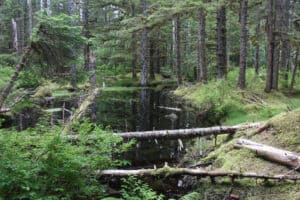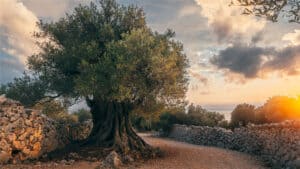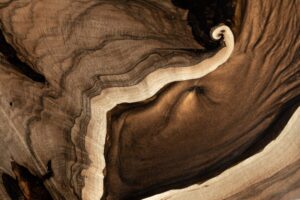An ancient and revered art form, there’s a lot we can learn from the history and origin of Bonsai trees. While “bon-sai” roughly translates to “tray planting” in Japanese, the art and craft of Bonsai trees did not actually originate in Japan at all! But where did the concept of Bonsai trees come from? What happened during the earliest years of Bonsai tree development?
In this article, we will give you a brief overview of the history and origin of Bonsai trees. We’ll include where they came from and how these miniature landscapes became a worldwide phenomenon. We’ll even go over how the modern-day art of Bonsai tree shaping differs from its ancient history, from the types of trees used in Bonsai tree art, and even how shaping differs nowadays. Let’s get started!
When and Where Did Bonsai Trees Originate?

Creating miniature landscapes to form a harmonic, natural balance is valued in Chinese and Japanese history.
©Alexey Malkov/Shutterstock.com
While the answer may surprise you, Bonsai trees originated in China sometime before the year 700 AD. During this era, the art of crafting Bonsai trees was referred to as “penjing”, “pun-sai”, or “penzai”. This roughly translates to “tray or potted landscape”. While penjing has much to do with crafting landscapes that include other elements besides trees, miniature trees were often heavily featured in penjing specimens. These landscapes also had a tendency to feature mini mountains and water features.
In fact, we can be fairly certain that the Chinese art of penjing developed before 700 AD. This is largely based on vivid tomb paintings, collected artifacts, and popular gifts during this time period. Dwarf trees grown in containers were indeed popular. But the well-balanced and artistic Bonsai trees we know today were largely inspired by the ancient creation of certain incense-burning vessels.
With new technologies came new ways of living, including the trays and vessels used to burn incense. With Confucianism, Taoism, and Buddhism placing so much significance upon the elements, burning incense was considered sacred and magical. It brought together many different elements in one container. Many of these incense-burning vessels utilized water for the burned ashes. Plus, the exterior of the clay containers was full of elemental depictions, including mountains and trees.
While this isn’t necessarily a Bonsai tree, creating miniature scenes and landscapes to form a harmonic, natural balance has always been valued in Chinese and Japanese history. That’s why these vessels are largely considered to be the first inspiration for Bonsai tree artistry!
When Did Bonsai Trees Arrive in Japan?
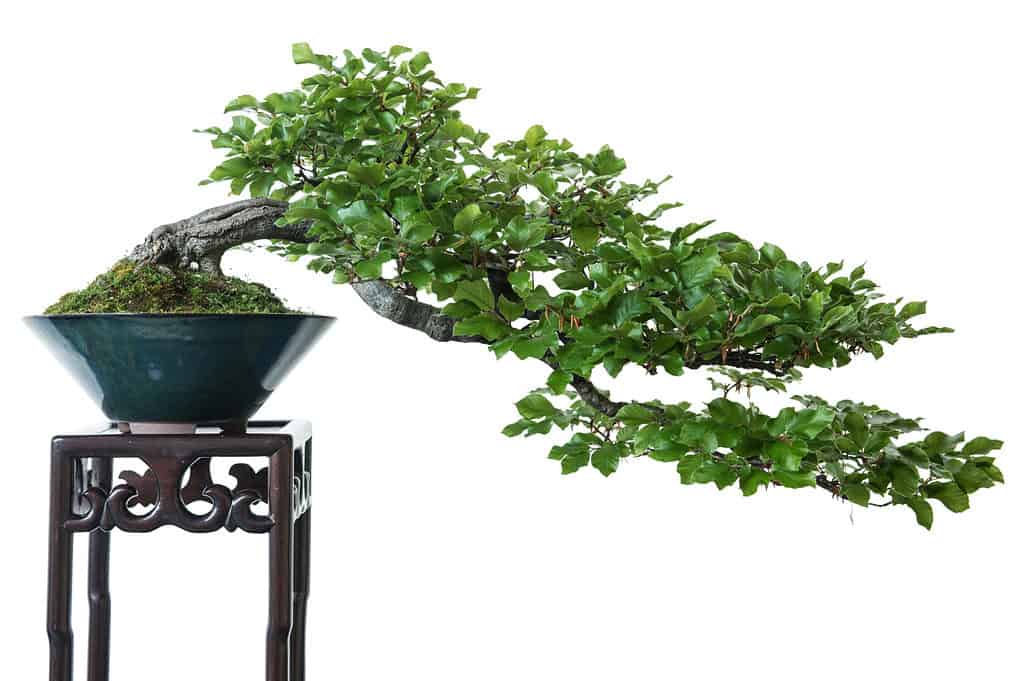
There are many different stories, paintings, and artifacts to suggest the arrival and popularity of Bonsai trees in Japan.
©Bernd Schmidt/Shutterstock.com
Bonsai tree artistry didn’t begin in Japan in earnest until at least the 13th century. However, multiple miniature landscapes were retrieved from China and brought to Japan as early as 700-800 AD. These containers were essentially diplomatic souvenirs and gifts brought back by students studying Buddhism.
There are many different stories, paintings, and artifacts to suggest the arrival and popularity of Bonsai trees in Japan. From theatrical depictions of a samurai sacrificing his potted trees to stay warm to poetry praising the aesthetic choices of miniature landscapes, Bonsai trees only rose in popularity in Japan as the decades progressed.
By the early 1800s, Japan was the leader in Bonsai tree cultivation and development. Dwarf pine tree shows and judgments were held in Kyoto. Books were published containing information about Bonsai tree care. Artists from China came to Japan in order to study the art of Bonsai trees.
The crafting of miniature landscapes came full circle during this century. “Bonsai” became the official term for these dwarf trees and Japanese styling techniques were widely adopted. Still inspired by the magical and sacred, Bonsai tree crafting grew more practical and regimented as it gained worldwide popularity.
Why Were Bonsai Trees Popular?

Once a revered hobby for the rich, Bonsai trees and miniature landscape artistry became popular amongst all people in China and Japan!
©Bernd Schmidt/Shutterstock.com
While Bonsai trees became popular on a worldwide scale after World War II, there is evidence that suggests all class levels of Japanese individuals kept dwarf azalea plants as early as the 1600s. Once a revered hobby for the rich, Bonsai trees and miniature landscape artistry became popular amongst all people in China and Japan!
Whether it be because of their beauty, balance, or simply a symbol of status, Bonsai trees became popular among all walks of life. China began mass-producing Bonsai tree containers based on healthy Japanese Bonsai tree specimens. This once-sacred hobby became a household name in many ways.
Bonsai Trees Around the World
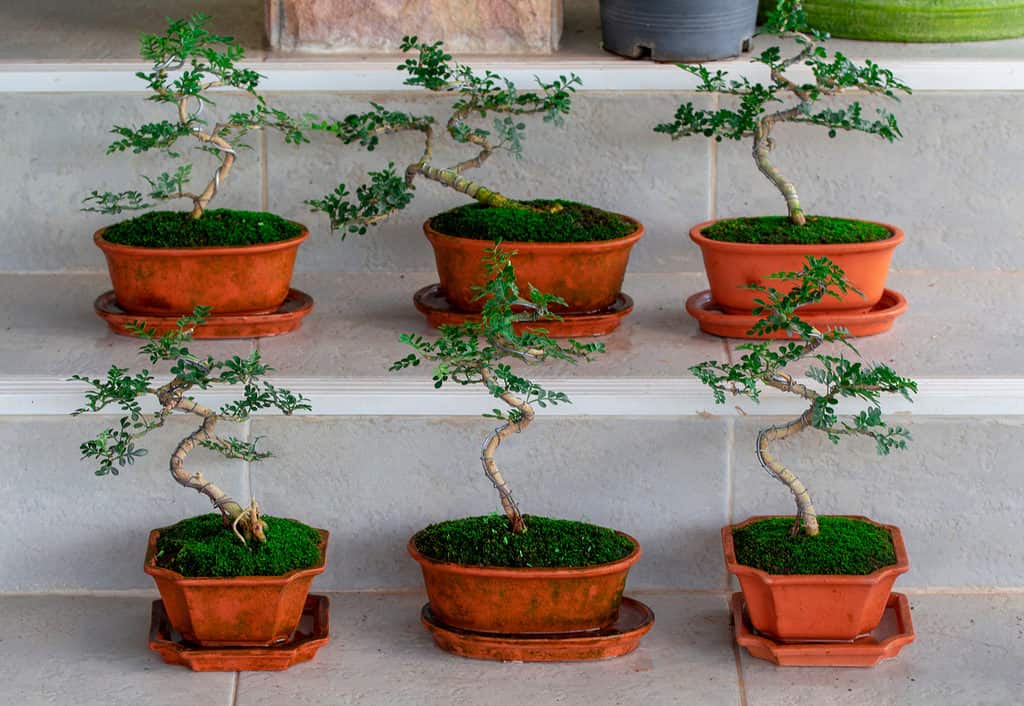
Bonsai trees were mass-produced and shipped around the world, particularly to the United States and Europe, by the year 1940.
©K Stocker/Shutterstock.com
As Bonsai trees became popular enough to merit showcases and artistic displays throughout Japan, it was only a matter of time before these miniature landscapes would be popularized elsewhere. In fact, Bonsai trees were mass-produced and shipped around the world, particularly to the United States and Europe, by the year 1940.
By the 1950s, upgrades to Bonsai tree tools were significant. Many artists began utilizing copper wire for Bonsai tree wiring. Bonsai tree care guides were increasing in the publishing industry. From 1960 onward, annual Bonsai tree exhibitions spread around the world, bringing these unique, miniature specimens to more and more people!
The Modern-Day Bonsai Tree
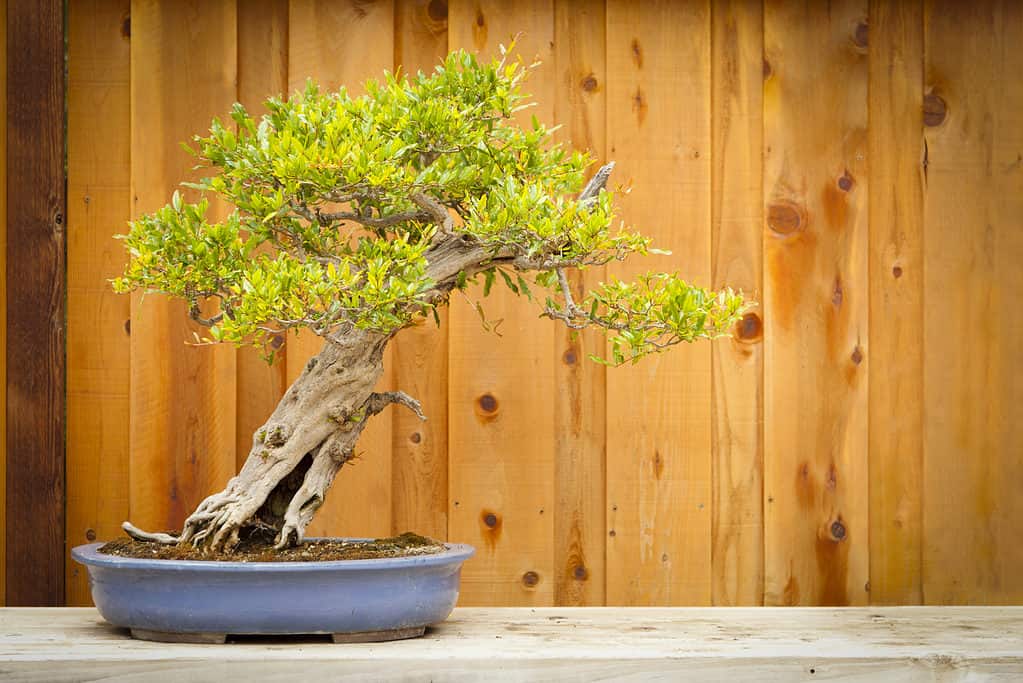
From local clubs to larger guilds, Bonsai trees are known and understood around the world.
©Andy Dean Photography/Shutterstock.com
Nowadays, Bonsai trees have grown in popularity, particularly among different age groups. While once considered a hobby for the retired, Bonsai trees are experiencing a revitalization among young people. Modern-day Bonsai trees often reflect the natural growth habits and local habitats of native trees, rather than the taming of nonnative trees into a manicured state.
From local clubs to larger guilds, Bonsai trees are known and understood around the world. While there are still many guidelines and artistic rules to consider when shaping a Bonsai tree, the popularity of this craft leaves much up to interpretation. No matter the type of tree you choose for your next miniature landscape, the history and origin of Bonsai trees remain fascinating!
Up Next:
- The Best Soil for Bonsai Trees
- How to Properly Place a Bonsai Tree
- Bonsai Styles: Everything You Need to Know
The photo featured at the top of this post is © Bernd Schmidt/Shutterstock.com
Thank you for reading! Have some feedback for us? Contact the AZ Animals editorial team.



